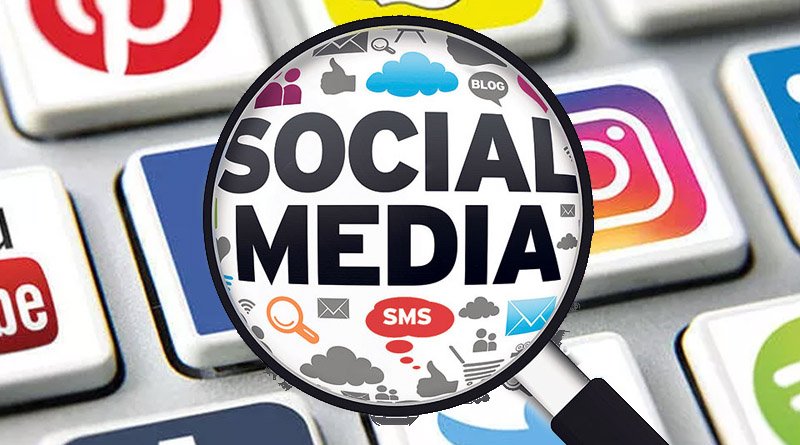The suspension of social media apps like Facebook, Twitter, and Instagram has continued to stir up controversy despite the restoration of internet service.

The Pakistan Telecommunication Authority (PTA) restored internet service on Saturday, but social media apps are still blocked nationwide. After violent protests broke out across the province on May 9 in response to the arrest of Pakistan Tehreek-e-Insaf (PTI) Chairman, the internet service was shut down for four days.
Therefore, the interior ministry made the decision to stop providing internet access nationwide. The violence resulted in four fatalities and numerous injuries, and the state of law and order appeared precarious as a result of several protesters breaking into and vandalising property in high-security areas.
The PTA announced in a statement that internet service had been restored nationwide, but that social media apps had been suspended and that a decision had yet to be made about whether to reinstate them.
The suspension of social media apps like Facebook, Twitter, and Instagram has continued to stir up controversy despite the restoration of internet service. Government officials initially imposed the suspension, citing worries about the propagation of false information and its potential impact on public order and safety.
The PTA also stated that Minister of Interior, would decide whether to reinstate social media. The Global System for Mobile Communication (GSMA) had previously expressed concern regarding Pakistan’s suspension of broadband internet. The GSMA urged the government to stop internet outages in an urgent letter to Federal Minister of Information Technology and Telecommunication.
The European Telecommunications Standards Institute (ETSI) created the Global System for Mobile Communications (GSM) standard to describe the protocols for second-generation (2G) digital cellular networks used by mobile devices like smartphones and tablets.
It was first used in Finland in December 1991, and by the middle of the 2010s, it had expanded to 193 countries and territories and had over 90% market share, making it a global standard for mobile communications.
The 1G analog cellular networks were replaced by 2G digital cellular networks, and the GSM standard was expanded to include data communications, initially via circuit-switched transport and then via packet data transport.